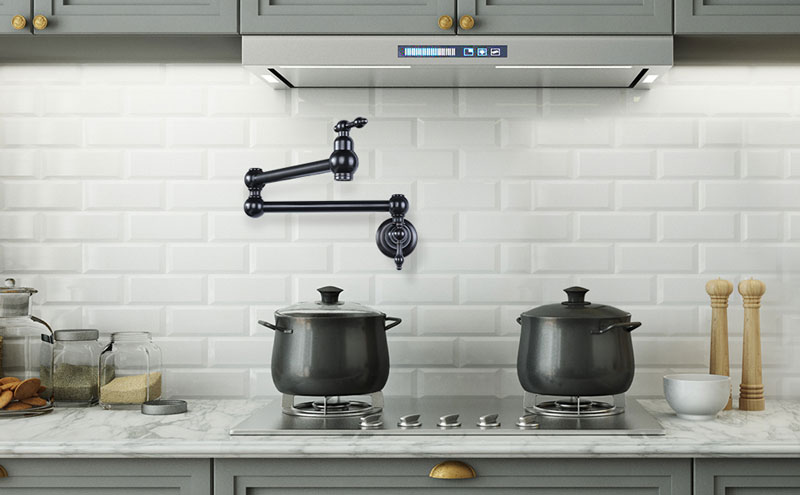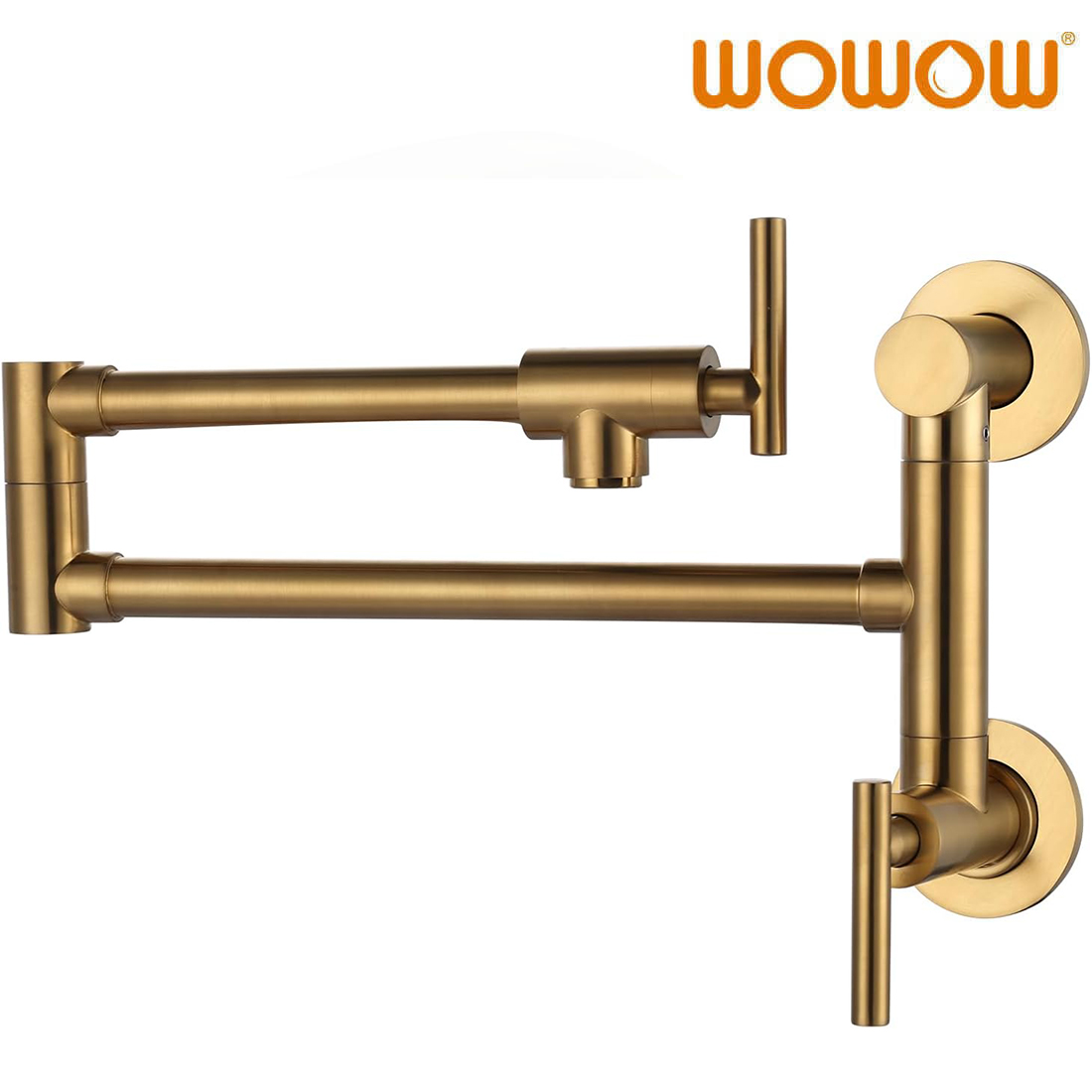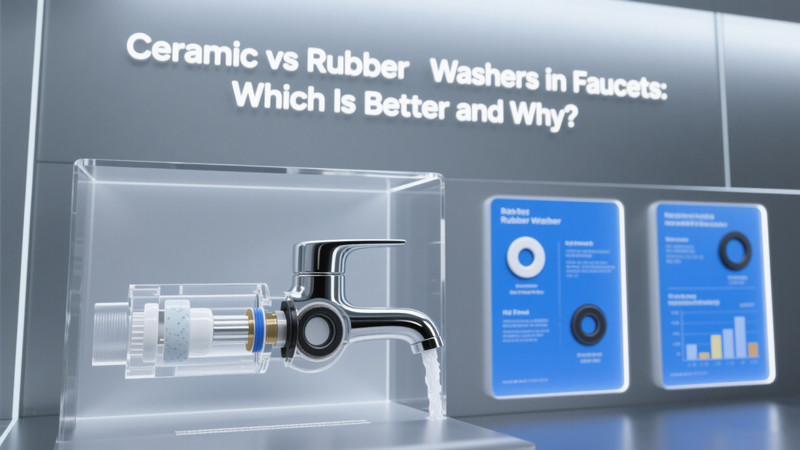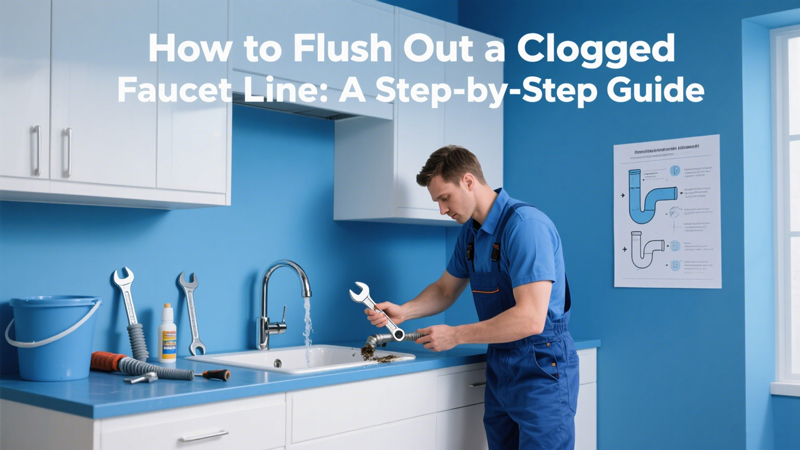
A pot filler faucet is a specialized kitchen fixture designed to provide convenience and efficiency for those who frequently cook large meals. Installed above the stove, it eliminates the need to carry heavy pots filled with water from the sink to the stove, reducing the risk of spills and injury. How does a pot filler faucet work? This guide will explore the functionality, installation, benefits, and considerations associated with pot filler faucets.
Functionality
At its core, a pot filler faucet is a swing-out faucet mounted on the wall behind a stove. It is typically connected to the home’s cold water supply and features a long, articulated arm that can extend over the cooktop. Here’s how it works:
- Water Supply Connection: Pot fillers are connected to the cold water line, often running behind the kitchen wall. This requires proper plumbing installation, usually involving a professional to ensure there are no leaks and that the water pressure is appropriate.
- Dual Joint Articulation: Most pot filler faucets have dual joints, allowing the arm to extend and retract. This design provides flexibility and reach, enabling the faucet to be positioned directly above any burner on the stovetop.
- Flow Control: Pot fillers come with one or two valves for controlling water flow. A single valve system has one handle to turn the water on and off. A double valve system has a second handle at the wall mount, offering an extra layer of control to prevent accidental spills.
- Faucet Spout: The spout is designed to swivel and, in many models, can rotate 360 degrees, ensuring the water can reach any part of the stovetop. When not in use, the arm folds back against the wall to save space.
Installation
Installing a pot filler faucet requires careful planning and professional expertise due to its connection to the plumbing system. Here are the general steps involved:
- Determine Placement: The ideal location is above the stove, high enough to accommodate the tallest pot. The standard height is around 12-18 inches above the cooking surface, but this can vary based on stove and kitchen design.
- Plumbing: A cold water line needs to be run to the installation point. This involves opening up the wall to access the plumbing, which is best handled by a professional plumber to ensure it meets local building codes and standards.
- Mounting: The faucet is mounted onto the wall using anchors to secure it firmly. The wall must be sturdy enough to support the fixture’s weight, especially when it’s extended with a pot full of water.
- Sealing and Testing: After installation, all connections must be sealed to prevent leaks. The system is then tested for proper operation and to ensure there are no leaks in the connections.
Benefits
Pot filler faucets offer several advantages, particularly for avid home cooks and professional chefs:
- Convenience: With a pot filler, you can fill large pots directly on the stove, avoiding the need to carry heavy, water-filled pots from the sink. This is particularly useful for tasks like boiling pasta or making stock.
- Time-Saving: Filling pots on the stove saves time during meal preparation, especially when multitasking in a busy kitchen environment.
- Ergonomics: Reducing the need to lift and carry heavy pots minimizes the risk of back strain and injuries, promoting a safer kitchen environment.
- Aesthetic Appeal: Pot filler faucets add a professional, high-end look to the kitchen, often serving as a focal point in kitchen design.
Considerations
Before installing a pot filler faucet, there are several factors to consider:
- Cost: Pot fillers can be expensive, both in terms of the fixture itself and the installation costs. Budgeting for both the faucet and professional installation is essential.
- Plumbing Requirements: As pot fillers require a dedicated cold water line, the installation can be complex and might not be feasible in all kitchens without significant modifications.
- Maintenance: Regular maintenance is necessary to ensure the faucet operates smoothly. This includes checking for leaks and ensuring the joints and valves function properly.
- Usage Frequency: Consider how often you’ll use the pot filler. For those who cook large meals frequently, the investment is worthwhile. However, for occasional use, the cost and installation effort might outweigh the benefits.
Conclusion: How Does A Pot Filler Faucet Work
A pot filler faucet is a functional and stylish addition to any kitchen, offering convenience, time savings, and ergonomic benefits. Understanding how it works and what’s involved in its installation can help homeowners make an informed decision about incorporating this feature into their kitchen design. While the initial cost and installation requirements may be significant, the long-term benefits for avid cooks and large households can be substantial, enhancing both the functionality and aesthetic appeal of the kitchen.
 WOWOW Faucets
WOWOW Faucets




